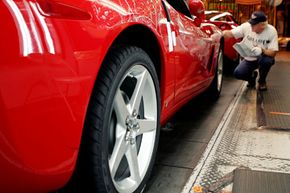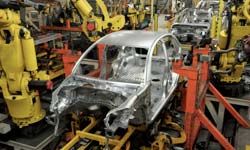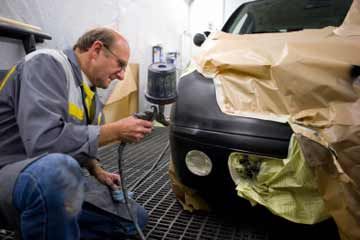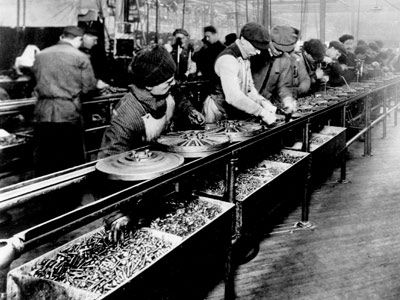In the automobile manufacturing industry, the term fit and finish refers to the way the parts of a car go together. Does the hood join smoothly with the fender assembly, so that neither sticks out and the gaps between them are barely visible? Is the paint job smooth and even, with no unintended variations in color? Does the upholstery sit firmly on the seats with no untrimmed edges? Do the doors close tightly? If so, the car has perfect fit and finish -- and that means a lot.
When a customer looks at a car with an eye toward buying it, he or she may not consciously notice the fit and finish. In fact, chances are good that the potential buyer may be more concerned over what kind of mileage it gets or how powerful the engine is. But even as the customer kicks the tires there's an unconscious visual assessment of the entire vehicle underway. On some level the customer is aware that if the manufacturer got the fit and finish right, then they care about details and probably got other things right as well. Besides, nobody wants a shoddy-looking car. What would the neighbors think?
Advertisement
The auto manufacturing industry knows this, too. They know that tiny things count and that an imperfect fit and finish can hurt sales. So there are entire departments at major car makers that work almost exclusively with fit-and-finish issues, using sophisticated, high-tech machinery that analyzes the way parts fit together on the level of one or two millimeters. The machinery used on modern assembly lines to analyze fit and finish looks like something out of a science fiction film, with laser beams, robotic eyes, and a combination of humans and computers doing the actual final inspection. In recent years the American auto industry has even partnered with the National Institute for Standards and Technology (NIST) to improve its ability to measure fit and finish.
On the next page, we'll look in detail at the importance of fit and finish, and examine both the devices used to inspect it and the penalties automakers can expect if they don't pay enough attention to details.
Advertisement



